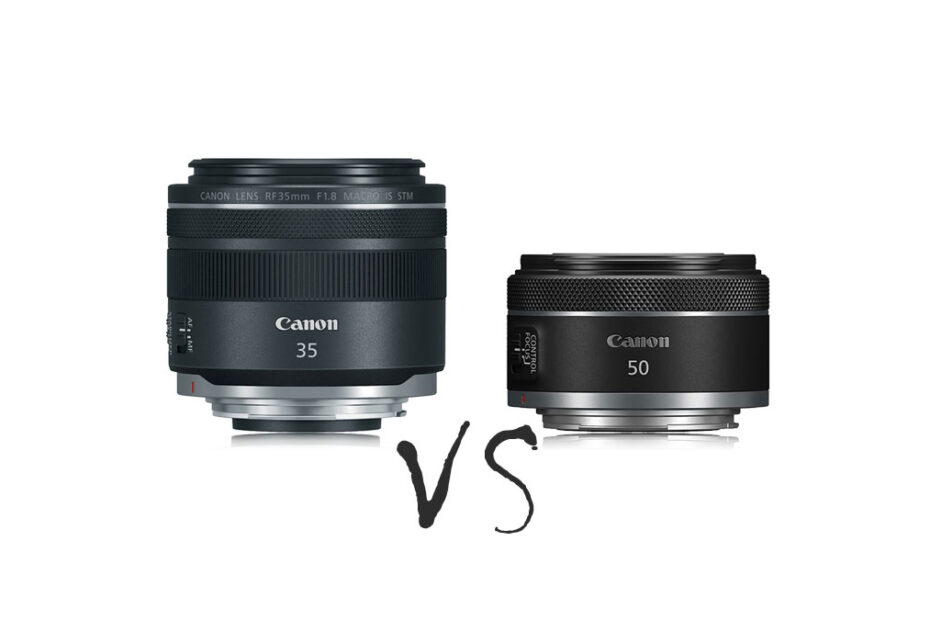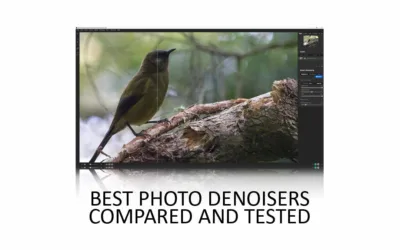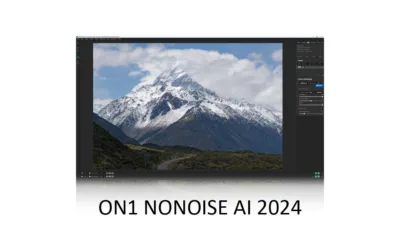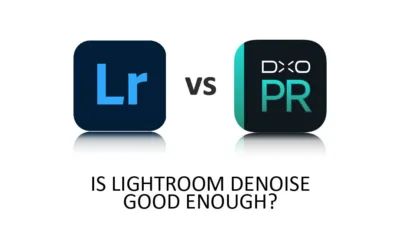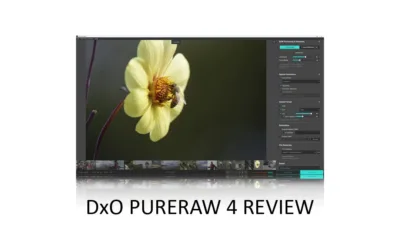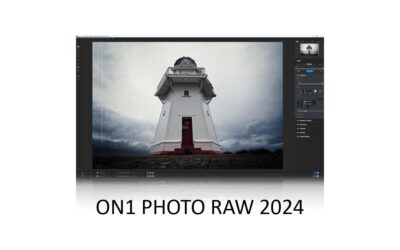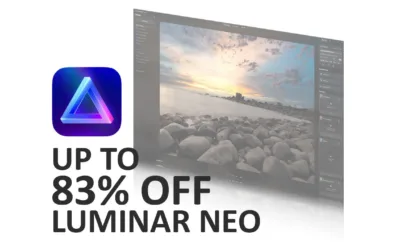Choosing between a 35mm versus 50mm lens isn’t easy since the difference between a 35mm and 50mm lens is significant. As a result, one will serve you better than the other. But which?
To find out, we’ll compare the differences between 50mm and 35mm lenses in 7 ways, beginning with photographic considerations such as angle of view and background bur, as well as practicalities such as size and cost. Jump to Conclusion
Table of Contents
- 35mm vs 50mm – Disclaimer.
- 35mm vs 50mm Field of View
- 1. 50mm vs 35mm – Background Blur
- 2. 50mm vs 35mm – Distortion
- 3. 35mm vs 50mm – Sharpness
- 4. 50mm or 35mm – Price
- 5. 50mm vs 35mm – Size and Weight
- 6. 35mm vs 50mm – Versatility
- Warning: 35mm and 50mm Equivalent Focal Lengths
- Conclusion
35mm vs 50mm – Disclaimer.
So, let’s get this out of the way. I’m a big-time, card-carrying 50mm lens fanboy. Moreover, I’m not a huge fan of 35mm lenses as I find them to be an awkward middle ground between 28mm and 50mm lenses.
Nevertheless, some people love 35mm lenses. For many years, I dismissed this as a medical condition that was quickly addressed with pills and psychoanalysis. But if none of that has worked and you remain on the fence, here’s a more technical breakdown.
35mm vs 50mm Field of View
Due to their differing focal lengths, 35mm and 50mm lenses produce a different field of view. Or, to be more precise, a different angle of view. Specifically, a 35mm lens will present your camera’s full-frame sensor with a wide-ish angle of view of 63 degrees. In comparison, a 50mm lens soaks up a much narrower 46.7-degree angle of view.
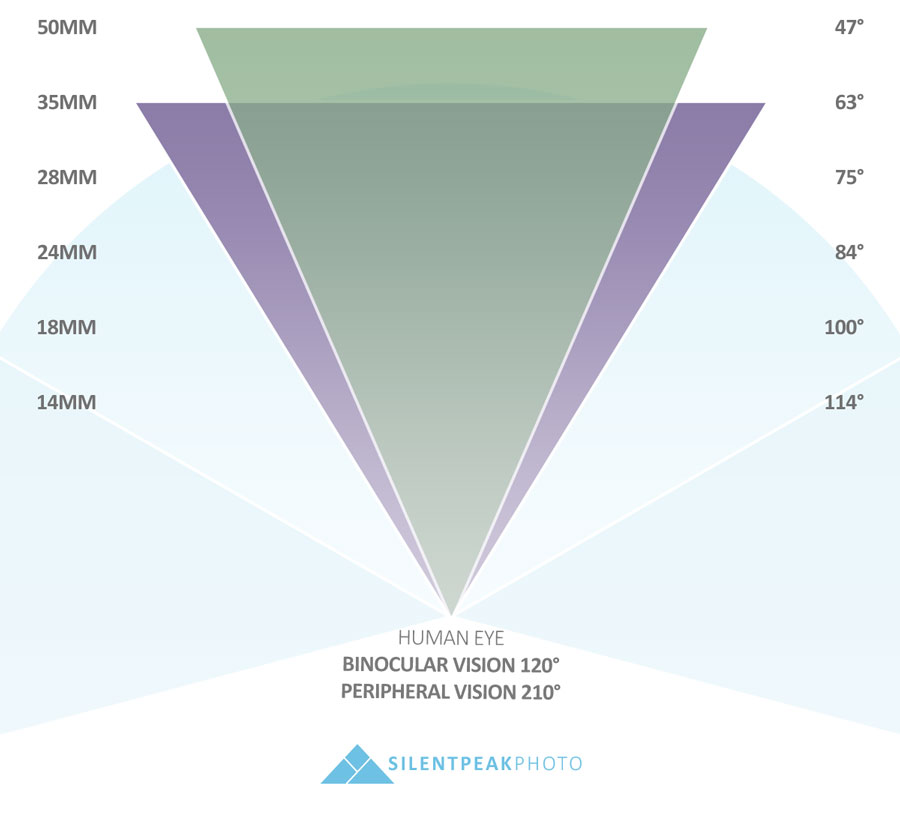
Therefore, whether you choose a 35mm or 50mm lens depends on how wide or narrow you wish to shoot. Now, I could cop out there and wish you a good day. But instead, I’ll aim to help you with a few generalizations. Read What is Focal Length in Photography.
35mm Lens for Street Photography and Journalism.
Broadly speaking, a 35mm lens is better than a 50mm lens for environmental portraiture. This is because the 35mm lens wide angle of view is better able to capture a wider field of view. As a result, a 35mm lens is better able to capture your subject and their surroundings – providing a sense of place and context. For this reason, a 35mm lens can tell a good story.
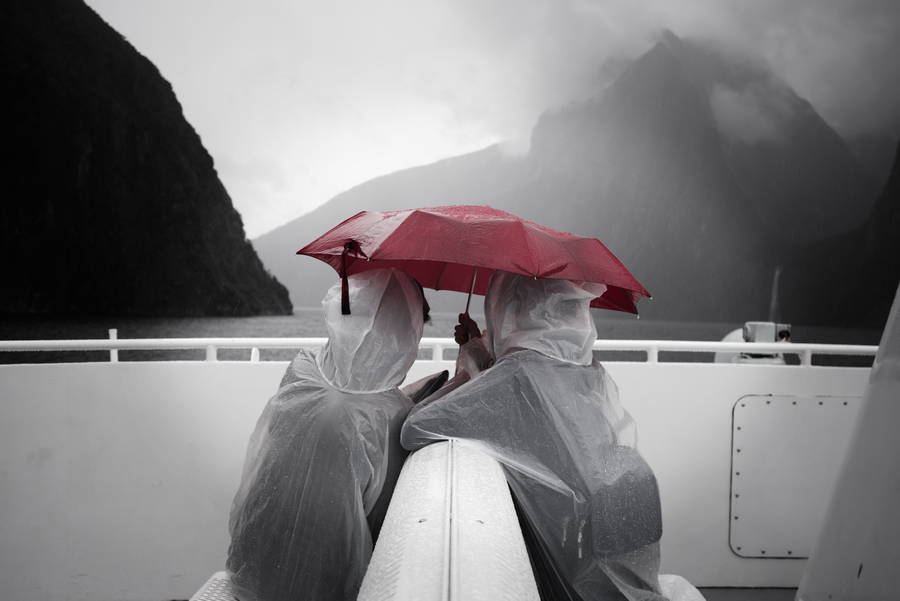
For this purpose, you might argue that the smartphone-style 28mm lens is even better than a 35mm lens. But I find 28mm lenses so wide that subjects risk being lost in their surroundings. To compensate, you can walk your 28mm lens towards your subject to make them larger. However, doing so will likely result in distortion – as often seen in selfies.
50mm lenses are better for Portraits
Compared to a 35mm lens, the 50mm’s narrow-angle of view means it can be challenging to capture more expansive scenes, particularly in smaller spaces. On the other hand, a 50mm lens is better than a 35mm lens for classic portraits in which your subject owns the frame.
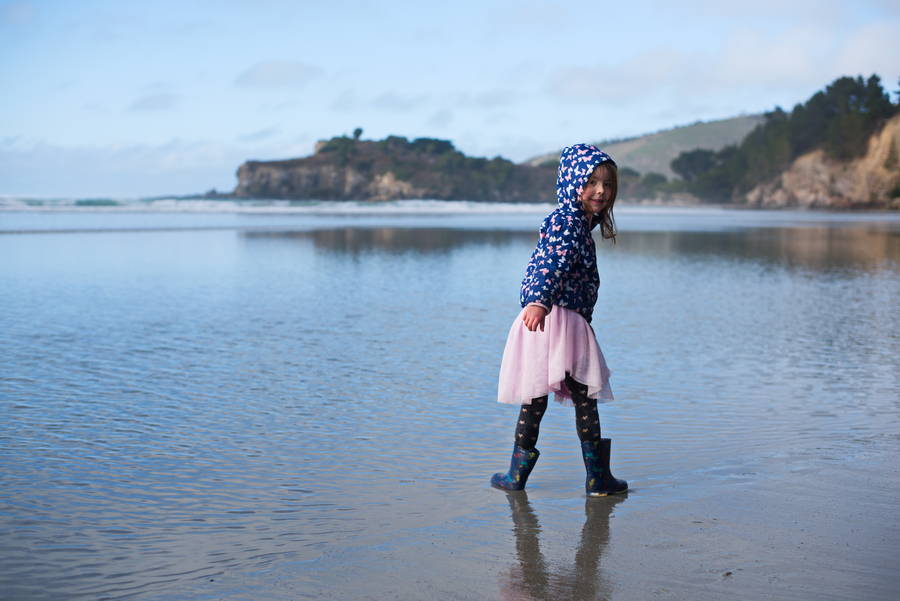
So, if you photograph things as much as people, a 35mm lens will help you get more shots more often. While a 50mm remains a reasonably practical walkabout lens that’s wonderful for portraiture.
Winner: Draw
HIGHLIGHTED SOFTWARE DEAL – ARTICLE CONTINUES BELOW

TOPAZ PHOTO AI 2
NOW US$199. READ TOPAZ PHOTO AI REVIEW
1. 50mm vs 35mm – Background Blur
A 50mm lens is better than a 35mm when it comes to blurring backgrounds thanks to its longer 50mm focal length – assuming equal apertures. Read What is Aperture in Photography.

However, background blur, also known as shallow depth-of-field, can hinder. For instance, you might want your photo to be sharp from foreground to background. And in these cases, the 35mm has the advantage.
Of course, you can extend your 50mm lens’s depth-of-field by dialing a smaller aperture. But by doing so, you lose light and risk motion blur and high image-degrading ISOs. Read What is ISO in Photography.
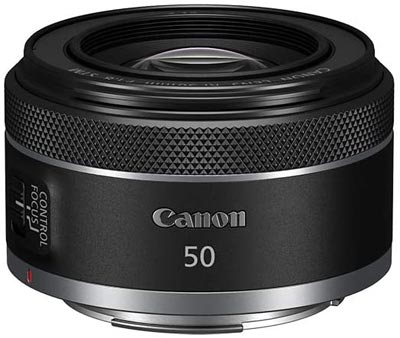
So, like before, it comes down to you. While the 50mm works well enough as a walkabout lens, the 35mm is better suited to take sharp photos of larger scenes. However, while you can extend a 50mm lens’s depth of field to match that of a 35mm lens, a 35mm lens will never match the 50mm for background blur. Read What is Depth of Field in Photography.
For this reason, the 50mm offers more versatility – thus, winning this category.
Winner: 50mm
2. 50mm vs 35mm – Distortion
35mm lenses distort more than 50mm lenses. This is particularly apparent when taking up-close photos of people with the 35mm enlarging nearby features such as noses and eyes, shrinking ears, and deforming heads. In comparison, 50mm lenses are more neutral and tend to leave your subject’s features intact.
Fortunately, neither a 35mm nor 50mm lens is anywhere near as bad as your smartphone’s selfie camera. But if you want to take flattering photos of people, buy a 50mm lens. Read Selfie Distortion – Do Cameras Distort your Face.
Winner: 50mm
3. 35mm vs 50mm – Sharpness
Typically, 35mm and 50mm lenses are crazy sharp. Honestly, you’ll be blown away by either if you are currently using a zoom or kit lens.
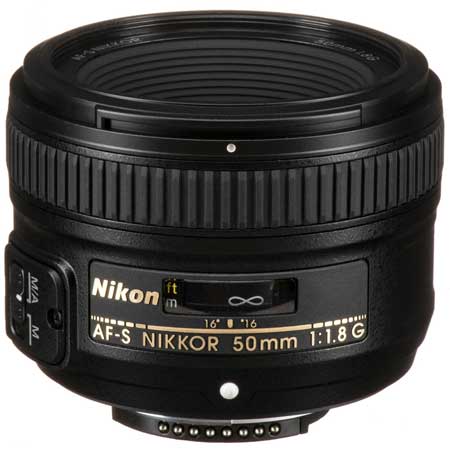
Winner: Draw
4. 50mm or 35mm – Price
Typically, 50mm lenses are cheaper than 35mm lenses. While a 35mm lens is reasonably affordable, 50mm lenses are photography’s biggest bargain. So, if you can’t decide between a 35mm and 50mm lens, it will cost you much less to try a 50mm first.
Winner: 50mm
HIGHLIGHTED SOFTWARE DEAL – ARTICLE CONTINUES BELOW

TOPAZ PHOTO AI 2
NOW US$199. READ TOPAZ PHOTO AI REVIEW
5. 50mm vs 35mm – Size and Weight
50mm lenses tend to be smaller than affordable 35mm lenses. However, premium 50mm lenses tend to outweigh expensive 35mm lenses.
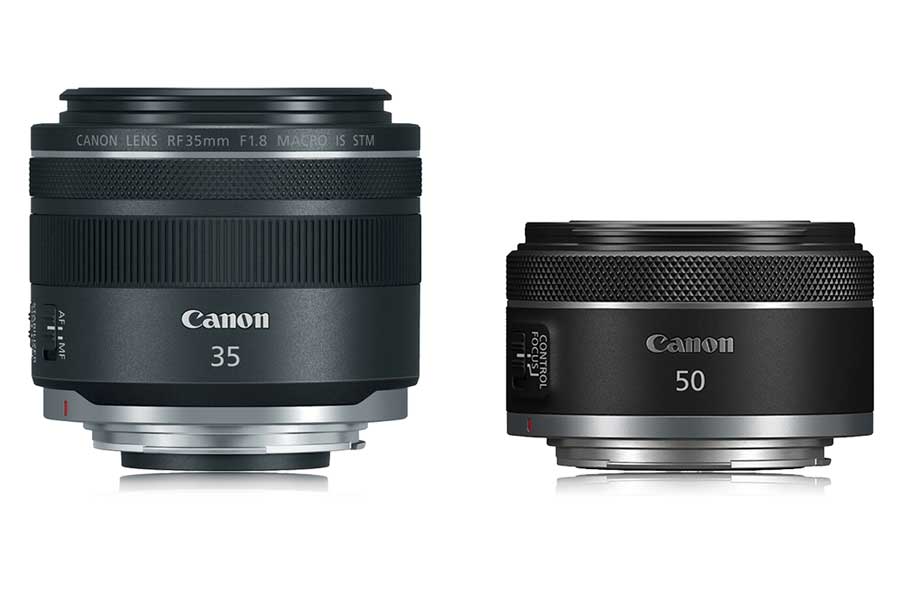
Winner: Draw
6. 35mm vs 50mm – Versatility
For everyday use, I prefer a 50mm. While 50mm lenses are not quite as flexible when shooting more expansive scenes, I usually find them good enough. On the other hand, the 50mm lens is vastly better than a 35mm lens for photographing people. It is so good that I have used a cheap 50mm lens on paid photoshoots.
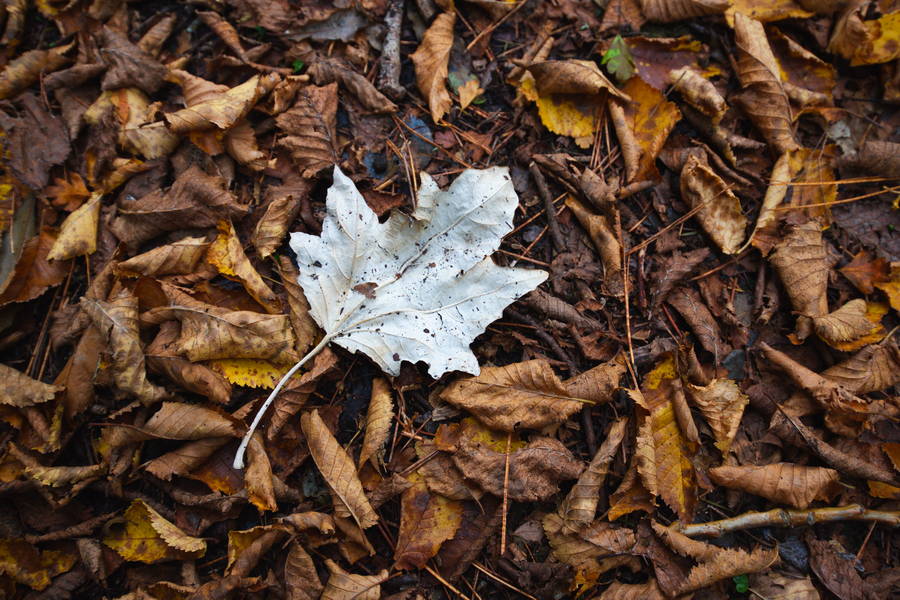
Winner: 50mm
Warning: 35mm and 50mm Equivalent Focal Lengths
This post compares 35mm and 50mm based on how they work on a full-frame camera. If you use a camera with a smaller or larger sensor, the 35mm will no longer provide an angle of view of 63 degrees. Nor will a 50mm lens serve up a 46.7-degree angle of view. As a result, each lens becomes a radically different proposition.
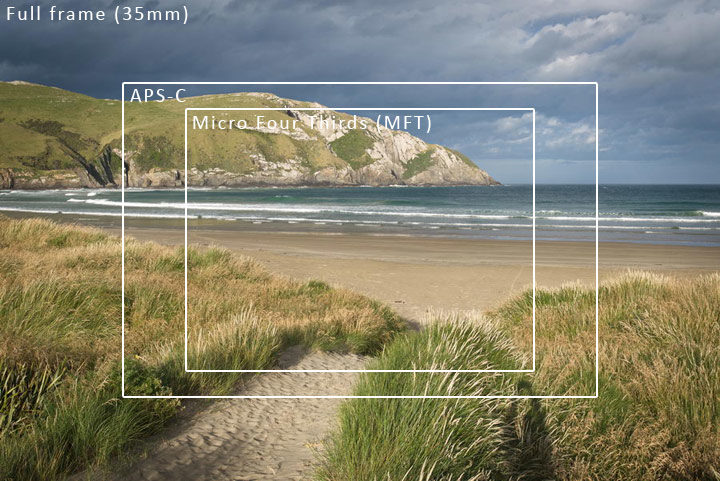
Therefore, you must use entirely different focal lengths to achieve angles of view equivalent to 35mm and 50mm lenses on full-frame cameras. These are illustrated in the table below. If you are looking for the equivalent of a 50mm lens for your camera, read the best nifty fifties.
| Equivalent Focal Length | Full Frame | APS-C | Micro Four Thirds |
|---|---|---|---|
| 35mm | 35mm | 21mm | 17mm |
| 50mm | 50mm | 31.2mm | 25mm |
Get Discounts on Photo Editing Software
Subscribe to my weekly newsletter and be notified of deals and discounts on photography software from ON1, Adobe, Luminar, and more. Spam Promise: Just one email a week, and there’s an unsubscribe link on every email.
Conclusion
Compared to a 35mm lens, I find a 50mm lens to be more useful more often. For instance, the 50mm lens is a good option for everyday photography and an excellent portrait lens.
But if you’re more interested in photographing places and scenes – a 35mm lens’s wide angle of view can be helpful – especially if there’s not much room for you to move about. But even then, I find ways to make my 50mm lens work.
Of course, you might have noticed a slight bias in this post. But since it’s impossible to be objective about something as vague as an ideal angle of view, a subjective analysis of my own experience is all I have got.
But the differences between 35mm and 50mm lenses are not all subjective. Specifically, 50mm lenses can better blur backgrounds and are usually smaller, lighter, and cheaper. Thus, if you remain on the 35mm vs 50mm fence, it’s much cheaper to begin your experiment with a 50mm lens than a 35mm lens. What do you prefer? Add a Comment
If you liked this post, subscribe to my weekly newsletter. Plus, you will be notified of deals and discounts on photography software and gear. Subscribe now.
